
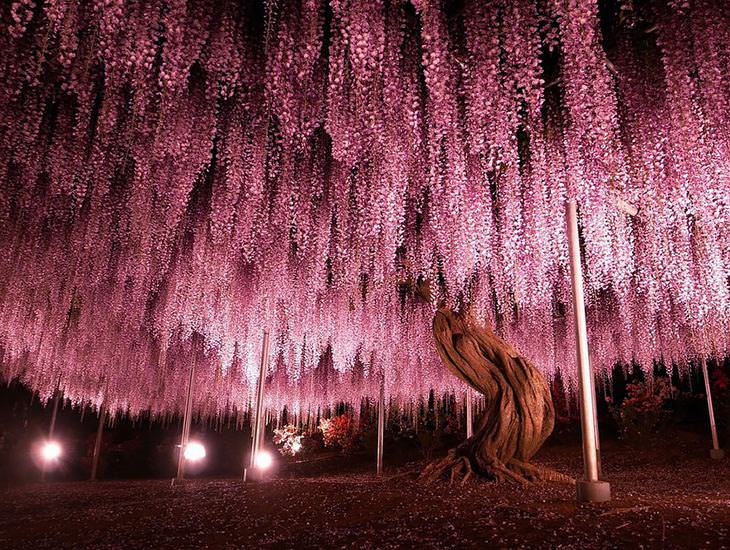
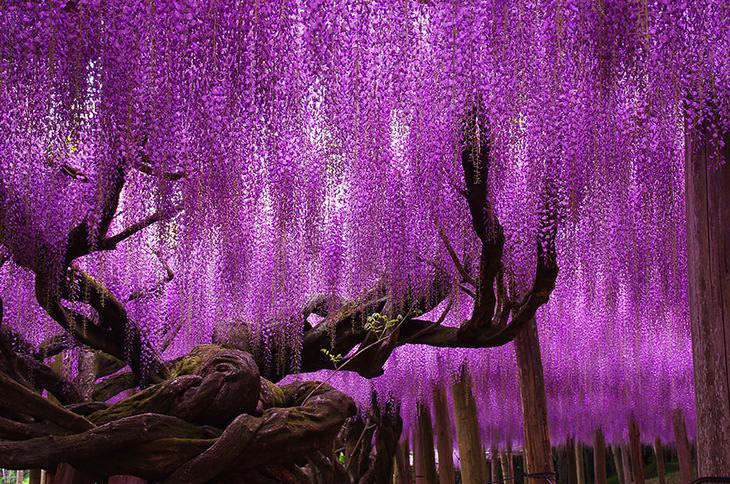
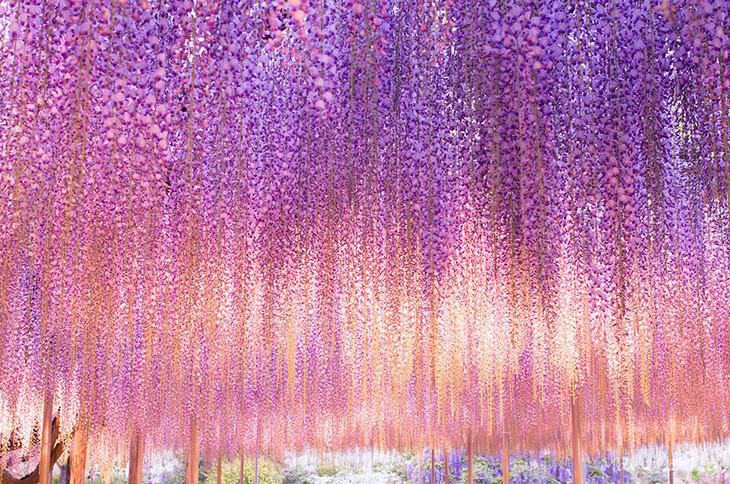
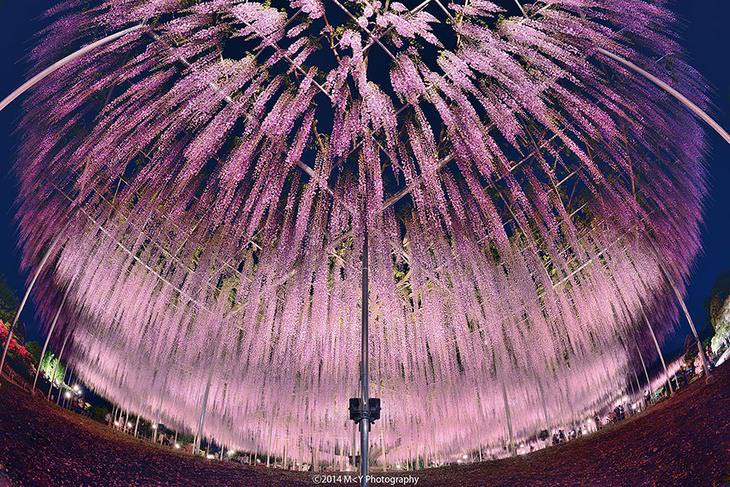
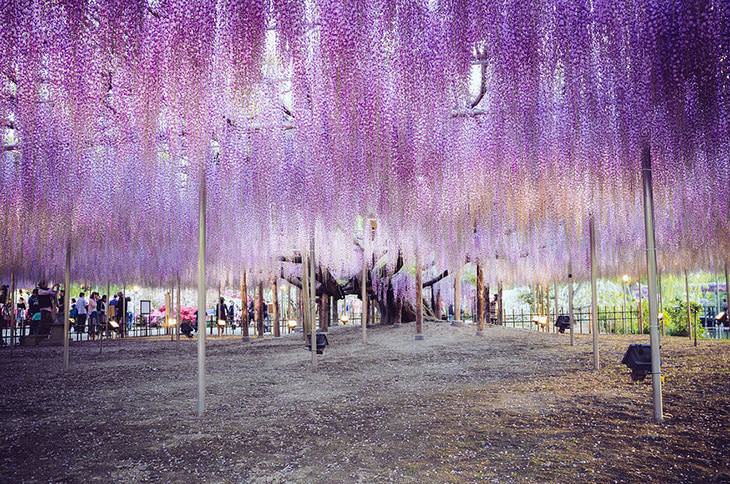
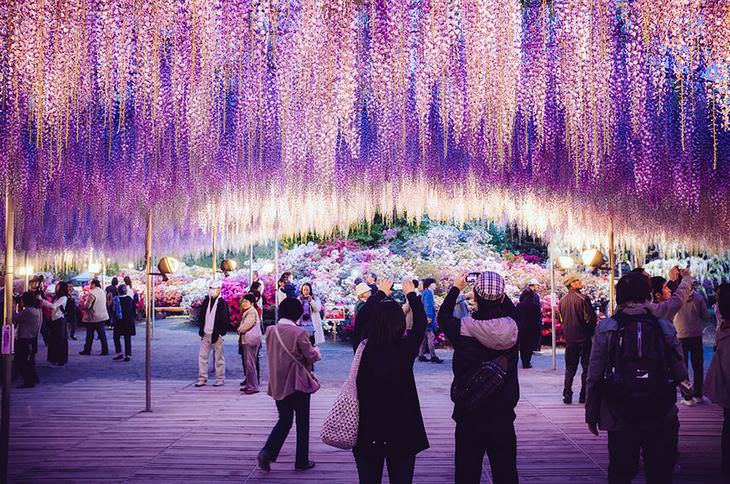
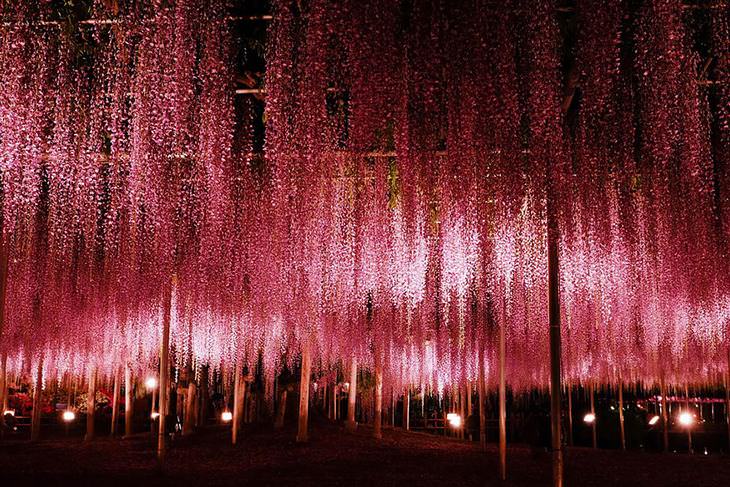
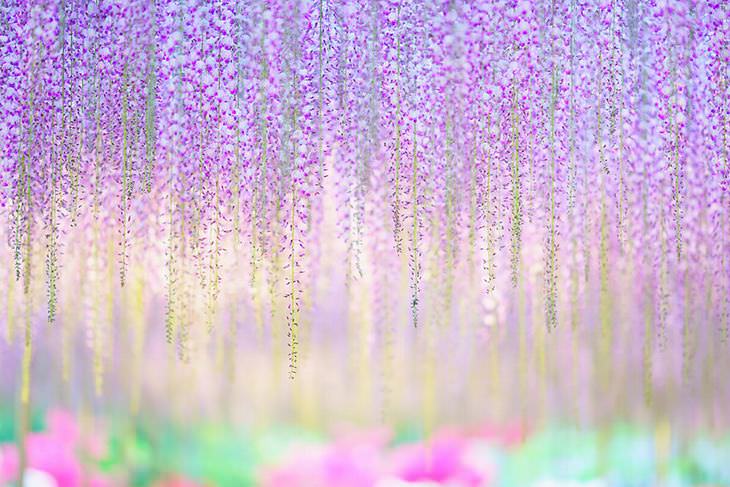
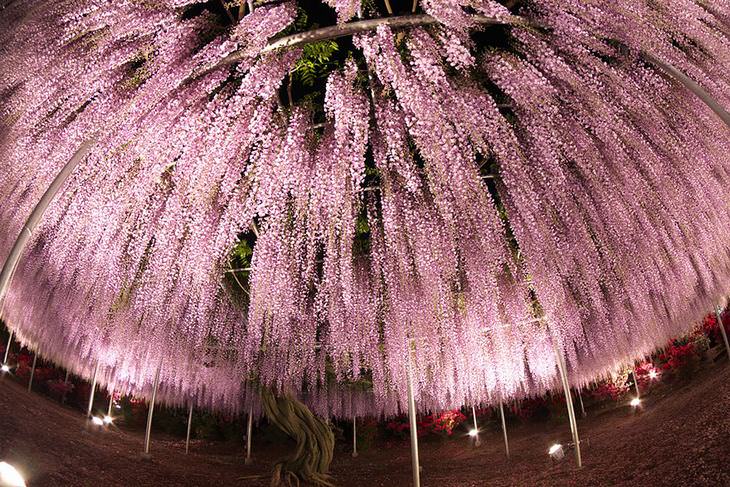
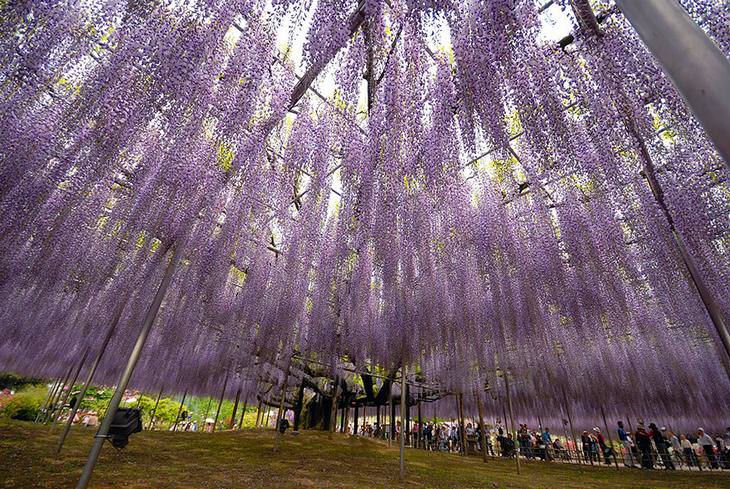

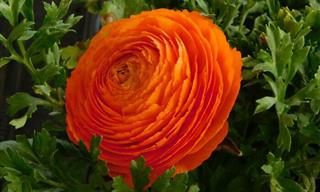
Beautiful Flowers in All Shapes and Sizes - Incredible!
Let’s take a moment to contemplate and celebrate the beauty of nature by turning our attention to 15 outstanding flowers and plants across the globe.
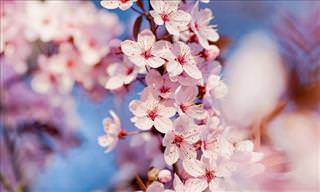
The Flowers & Blossoms of Fruit Trees Are Achingly Pretty
There are few things in this world that are quite as magical as a flowering or blossoming fruit tree. Take a look at 15 stunning images of fruit tree flowers.
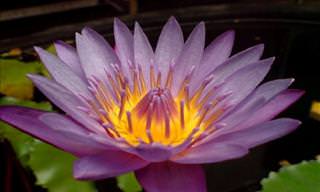
Stunning Flowers and Inspiring Quotes to Brighten Your Day
Take a moment to enjoy the colorful beauty of astonishing flowers and the inspiring words of those who love them.
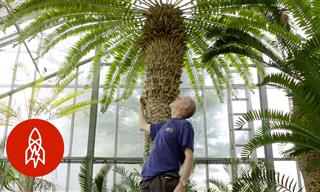 2:53
2:53
This Is the Loneliest Tree in the World
This is a sad story of the world's loneliest tree, the Encephalartos woodii that resides in London's Royal Botanic Gardens
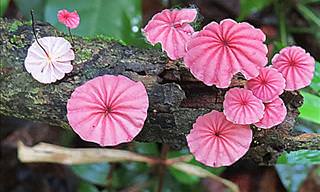
A Rainbow Can Be Made From Mushrooms If You Look Right...
Mushrooms and other fungi aren't usually the most interesting, but if you find the right ones, they can fill your day with color!
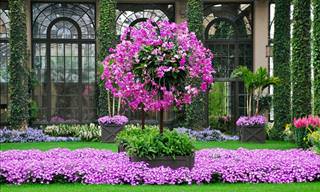
This Botanical Garden in Pennsylvania Is Out of This World
Take a look at these terrific photos of stunning Botanical garden, Longwood Gardens.
 14:42
14:42
Do Our Cats Love Us? A Fascinating Experiment
This cat owner decided to put his 2 cats to a test usually prescribed to toddlers.
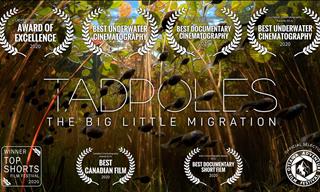 8:42
8:42
Beautiful Nature: The Tadpole Migration
This is the story of one of the greatest migrations, while also being one of the tiniest ones...
 34:49
34:49
Before Dinosaurs: When Giant Insects Ruled the Earth
Long before dinosaurs left their mark on history, Earth was an entirely different world.

10 of the Largest Living Birds in the World
Check out this list of the largest and heaviest birds that inhabit our planet today.
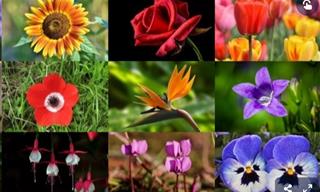
INTERACTIVE: Click on the Flower to See Its Full Beauty
These interactive photos of flowers will allow you to see them in video with a click.
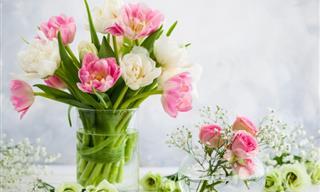
Keep Your Bouquet Fresh for 3 Weeks with These Handy Tips
Bouquets may not last long, but you can increase their lifespan by 3 weeks with these handy tips.
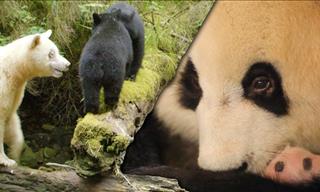 13:38
13:38
Family is the Most Important Thing For These Animals
Seeing animals caring for their family members in the wild is one of the most beautiful and inspiring things to watch.

Some Flowers Are Absolutely Stunning - Like These Beauties
The petals on these flowers make such beautiful ornaments that you'll wish you were a bee.
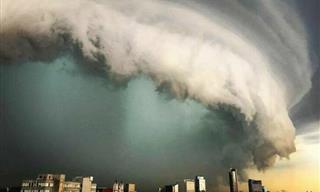
When Nature Strikes, You Can't Hide: 16 Captivating Photos
These 16 photos reveal nature’s fierce side.

Snowy Foxes: The Sweetest Creatures You'll See This Winter
If you need a little bit of winter cheer in your days, you won't be disappointed by these sweet foxes frolicking in pure, white snow.
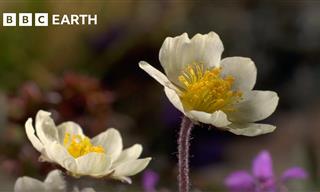 3:46
3:46
This Awesome Plant Can Live For More Than 300 Years!
The compass plant can live for over 300 years!
 18:56
18:56
15 of the Most Gorgeous Snake Species Around the World
Snakes can be so fascinating and yet so beautiful. Take a look at some of the most gorgeous ones on our planet.

Marvel at the Stunning Winners of Ocean Art Awards!
Marvel at the spectacular winning images from the 2023 Ocean Art Underwater Photo Contest.

Witness This Island Erupt in a Slew of Flamingos!
Once a year, an amazing natural phenomenon happens at Lake Nakuru in the middle of Kenya...
 Viewed
Viewed
If You Want to See Some Breathtaking Beauty, Come In Here...
Check out the astonishing winning panoramic images from the 2023 EPSON International Pano Awards.
 2:50
2:50
Wild Nature: Young Elephant Fends Off 14 Lions Unharmed
How an elephant convinces a group of lions that this is not an animal worth tangling with...
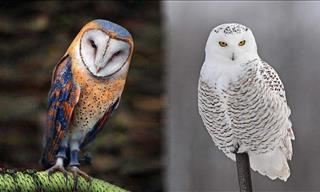 10:01
10:01
The 10 Most Beautiful Owl Species in the World
Showcasing some of the most gorgeous owls in the world and how they live their lives.
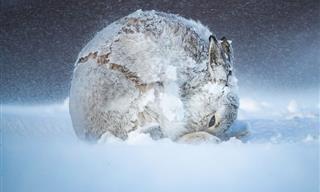
16 Award-Winning Shots That’ll Take Your Breath Away
The 2020 winners of the nature photography competition BigPicture have been announced, and they are astounding!
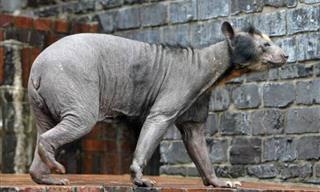
The Wildest Things You’ve Never Seen in Nature (16 Pics)
These photos redefine how we see the natural world.
 12:21
12:21
Return to the Ocean: The Complex Final Journey of a Whale
Today, we delve into the intricate and captivating lifecycle fostered by these deep-sea giants.

These Intimate Animal Portraits Will Leave You Stunned
Photographer Pedro Jarque Krebs takes intimate close-ups of wild animals. Here are some if his best shots.

Polar Bears: 10 Amazing Facts About the King of the Ice
Here's a look at some little-known and unique facts about the amazing polar bear.
 8:22
8:22
15 Weird Dog Behaviors Explained
Join us as we unravel the secrets of doggy behavior, helping you to connect more deeply with your loyal companion.
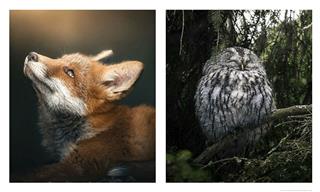
Intimate Glimpses of Foxes, Birds, and Elk in Nature
Check out these stunning close-up wildlife photos by Finnish photographer Ian Granström.

The Most Incredible Animal Friendships!
in reality, animals can sometimes remind us of childhood stories and tv programs - sometimes the unlikely friendships are indeed made by animals, and here's the proof:
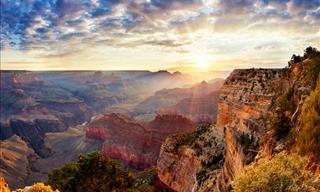
Think You know the Grand Canyon? Check Out These 12 Facts
It’s one of the natural wonders of the world, and for good reason. Take a look at these 12 facts about the Grand Canyon you might have missed.

Discover the Secrets of the Spectacular Valley of Fire
Join me on a visit to one of the most beautiful places in North America.

When You Look to the Sky at Night, Look For These Figures
Get ready to become an astronomical expert with these depictions of the stories behind the most famous constellations in the world.

These Dogs Are The Perfect Companions For Older Adults!
Everyone loves companionship, and for dog-lovers there's nothing more painful that wanting a furry friend and not having one. Age is no factor for pet-having, and these 20 dogs prove it!
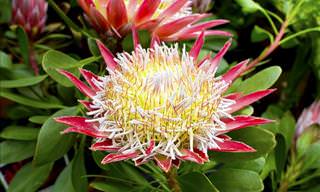
If These Stunning Flowers Don't Amaze You, Nothing Will!
The world is full of beautiful flowers and here, in our opinion, are 12 of the most stunning. We are sure that you'll agree with us!
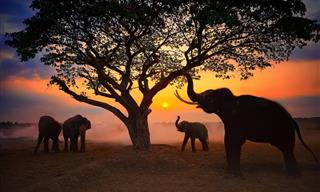
World's Best Animal Photos: 20 Winning Images by Agora
Check out some of the finest photographs from Agora's #Animals2020 contest that shows the beauty of wildlife from the world over.
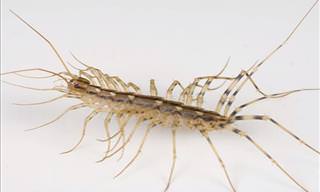 5:35
5:35
Stop Killing Centipedes in Your Home! Here's Why...
When it comes to common house centipedes, it many be far more beneficial for you to simply leave them alone instead of killing them. Here's why.
 7:47
7:47
Does Your Cat Really Miss You?
It's a centuries-old question: does your cat actually like you or are they just tolerating you in exchange for food?

GALLERY: You've Never Seen Such Crazy Weather Pics Before!
Check out this incredible collection of extreme weather photos.

Marvel at 14 of the Tallest Mountains in the World
There are fourteen mountains in the world that stand over 8000 meters (26,250 feet) tall. Known collectively as the 8000ers, these skyscraping peaks are very literally the top of the world.
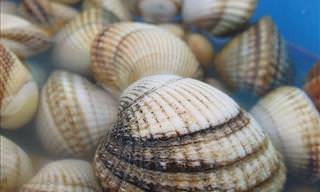
The Most Beautiful Seashells From Around the World
Every collector and beach goer in the world need this information on different seashells that are found from coast to coast.
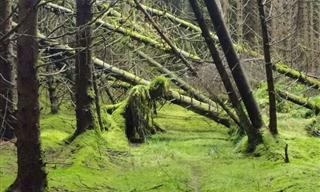
When Nature’s Power Leaves Everyone Speechless (16 Pics)
When nature stopped people in their tracks...
 11:02
11:02
Immortal Animals: The Creatures That Can Live Forever
Plenty of creatures on planet Earth can live almost forever. Let's meet a few of them...

15 Views of Marine Life That Feel Almost Otherworldly
Marvel at the astonishing underwater photos of American photographer Rachel Moore.

14 Mistakes Every Pet Owner Makes
If you love your pet, you must recognize the 14 mistakes you may be making that are harmful to its well-being, security, and mental state.
To enable your Ad-Free Subscription, please fill the fields below
Your subscription was successful, now you can enjoy an ad-free experience!!
Note: To make sure you get no ads, please make sure to log in to your account. If you are logged in already, then refresh the page. The subscription can be cancelled at any time.


